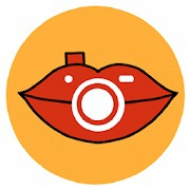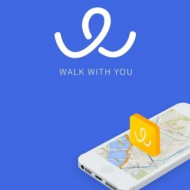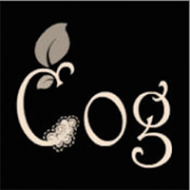
PERSONAL OBJECT RECOGNIZER FOR PEOPLE WITH VISUAL IMPAIRMENTS
Blind people often need to identify objects around them, from packages of food to items of clothing. Automatic object recognition continues to provide limited assistance in such tasks because models tend to be trained on images taken by sighted people with different background clutter, scale, viewpoints, occlusion, and image quality than in photos taken by blind users.
Continue reading
IMPROVING SELFIE EXPERIENCES FOR BLIND PEOPLE
Selfies have been a major social trend for many years. However, it can be challenging for people with visual impairments to take part in this activity although their use of social media is as high as sighted people. Thus, we designed and developed a mobile application for helping people with visual impairments with taking and managing selfies.
Continue reading
YOLO-BASED WALKING ASSISTANCE FOR BLIND PEOPLE
People with visual impairments walk along braille blocks. In particular, viscous blocks help to stop walking at a point where it can be dangerous. However, many Braille blocks on Korean roads are often damaged or absent. Thus, we have implemented a mobile walking assistance app for people with visual impairments, which informs users' current location, sidewalk location, bus info with verbal feedback.
Continue reading
NAVCOG: INDOOR NAVIGATION ASSISTANCE FOR PEOPLE WITH VISUAL IMPAIRMENTS
When in an unfamiliar place, people tend to use a walking navigation system on their device to compare the map location to the surrounding views. However, visually impaired people cannot check the map or the surrounding scenery to bridge the gap between the ground truth and the rough GPS location. NavCog aims for an improved high-accuracy walking navigation system that uses BLE beacons together with various kinds of sensors with a new localization algorithm for both indoors and outdoors.
Continue reading